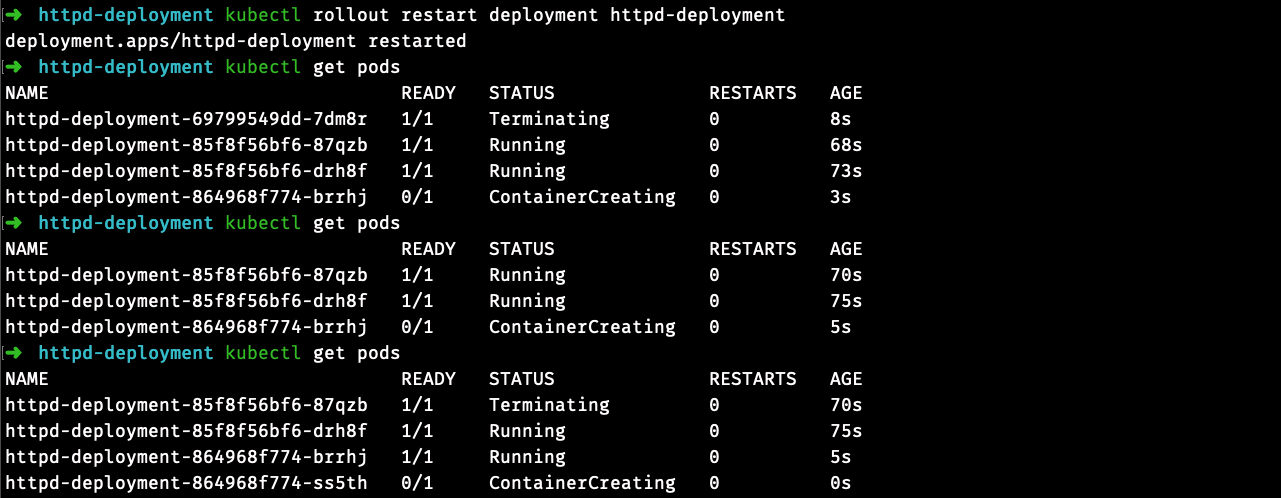Kubernetes
Upgrading Your EKS Cluster from 1.22 to 1.23: A step-by-step guide
This article was originally published on Gagher Theophilus's blog. Amazon Elastic Kubernetes Service (EKS) is a popular managed Kubernetes service that enables you to run Kubernetes workloads on AWS without the operational overhead of managing your own Kubernetes clusters. EKS provides a highly available and scalable platform for

Understanding the Kubernetes API Objects and How They Work
Kubernetes is an open-source container orchestration platform that allows developers to automate containerized applications' deployment, scaling, and management. One of the key features of Kubernetes is its API, which provides a uniform way to interact with the platform and perform tasks such as deploying and managing applications, monitoring the

How to restart Kubernetes Pods with kubectl
Anyone who has used Kubernetes for an extended period of time will know that things don’t always go as smoothly as you’d like. In production, unexpected things happen, and Pods can crash or fail in some unforeseen way. When this happens, you need a reliable way to restart

Kubernetes Architecture Explained: Worker Nodes in a Cluster
When you deploy Kubernetes, you get a cluster. And the cluster you get upon deployment would consist of one or more worker machines (virtual or physical) called nodes for you to run your containerized applications in pods. For each worker node to run containerized applications, it must contain a container

How to run Minikube on an Apple M1 chip without Docker Desktop
Docker Desktop failed me, and at the time (13th July 2022) of writing this article, Hyperkit, VirtualBox, and other hypervisors specified here don’t work on the Apple M1 chip. Weeks ago, while using Docker Desktop, it suddenly got stuck in a start-stop loop. I spent hours trying to resolve

Persisting Data in Kubernetes with Volumes
Persisting Data in Kubernetes is complex. And this is because though Pods have readable and writable disk space, the disk space still depends on the Pod’s lifecycle. When building applications on Kubernetes, there are use cases where developers would want storage for their Pods that doesn’t depend on


